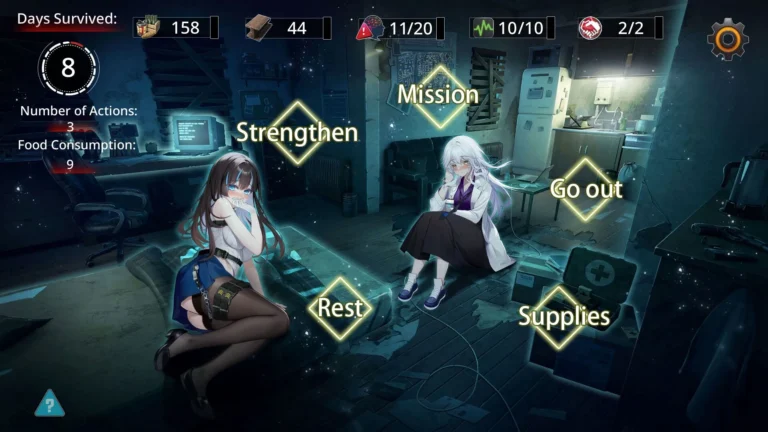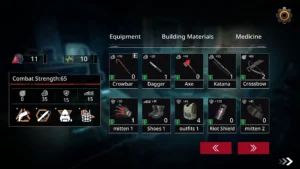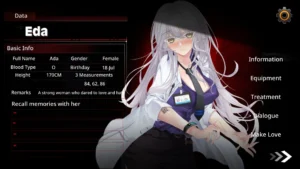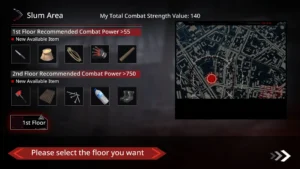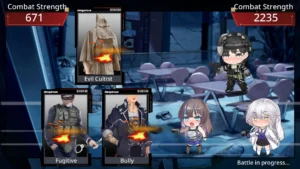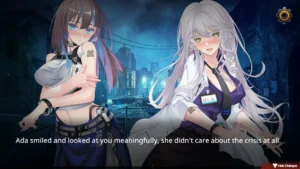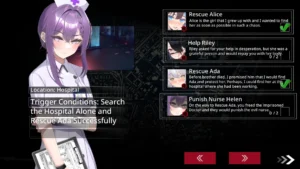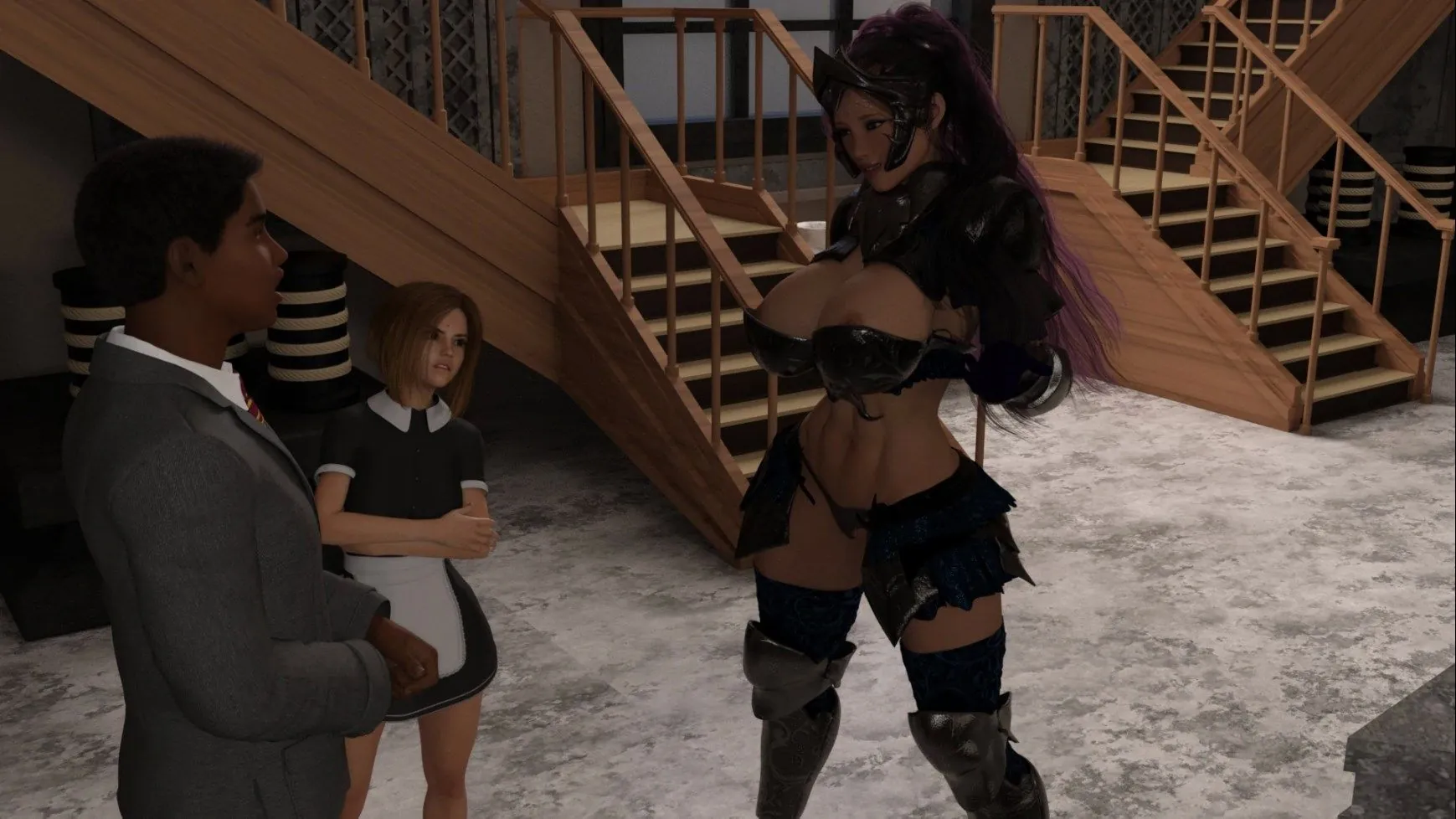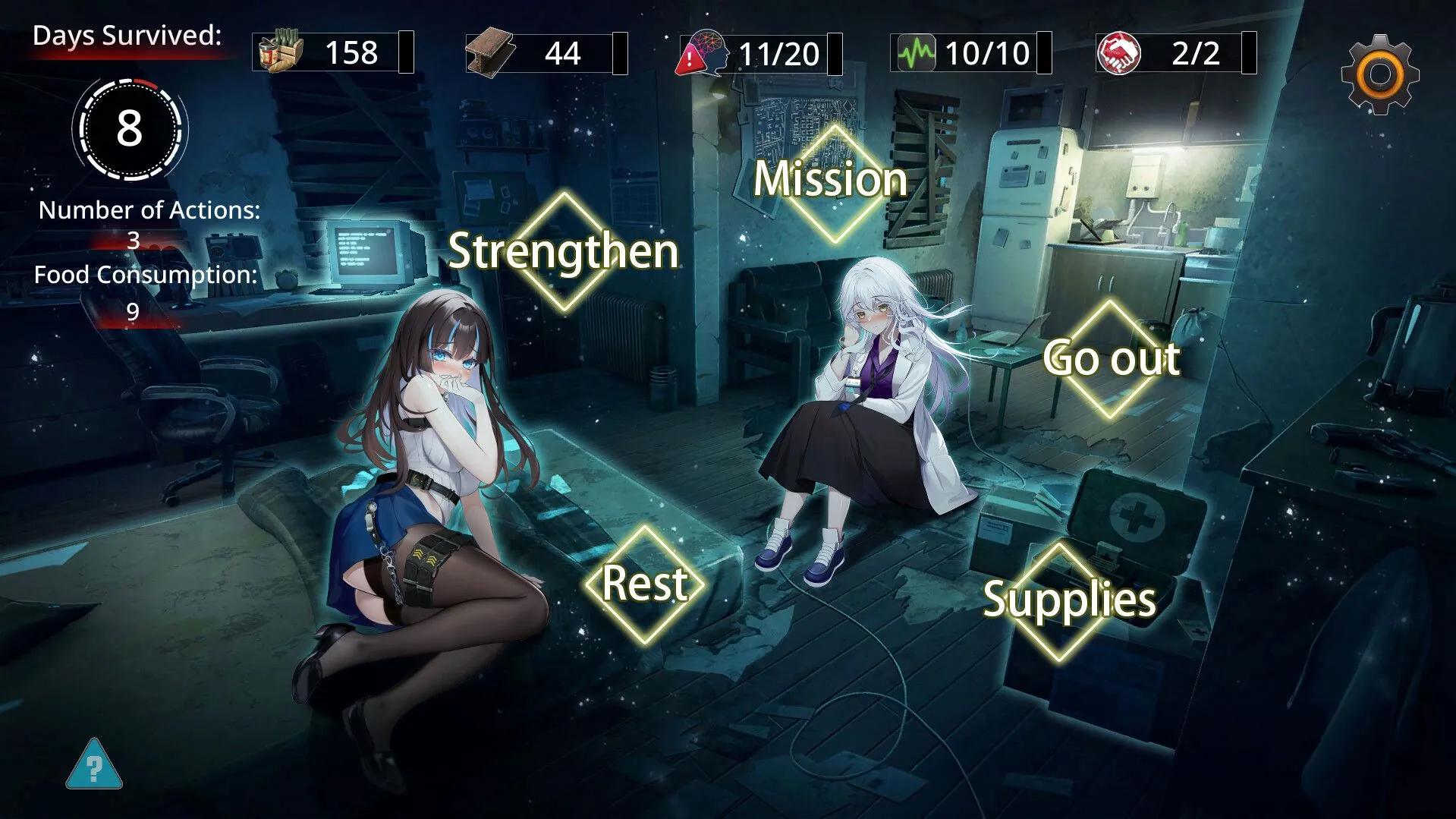
Fatal Countdown – immoral List of Desires review
Explore the immersive gameplay, story, and features of Fatal Countdown – immoral List of Desires
Fatal Countdown – immoral List of Desires is a captivating adult-themed RPG visual novel that combines resource management with an intense, dystopian storyline. This game challenges players to navigate a chaotic city torn apart by a mysterious virus while making critical decisions that affect survival and relationships. In this article, we dive deep into the game’s core elements, providing insights into its gameplay, story, and unique features to help players fully experience what Fatal Countdown – immoral List of Desires has to offer.
Understanding the Story and Setting of Fatal Countdown – immoral List of Desires
Have you ever found yourself so immersed in a game’s world that the line between your reality and the digital one begins to blur? 😲 That’s the powerful pull of Fatal Countdown – immoral List of Desires, a title that masterfully blends a gripping Fatal Countdown story with a deeply personal visual novel narrative. From the moment I started playing, I was hooked by its ability to make every decision feel weighty and every character interaction meaningful. If you’re ready to dive into a world where your choices truly matter, you’re in the right place. Let’s peel back the layers of this incredible experience together. 🎮
What is the Premise of Fatal Countdown – immoral List of Desires?
At its heart, the Fatal Countdown story is a chilling tale of survival and morality set against a dystopian game setting. The game plunges you into a city ravaged by a mysterious virus that doesn’t just kill—it twists desires and erodes humanity. I remember my first playthrough; the opening scenes hit me like a punch to the gut. You wake up in a quarantined zone, with the clock ticking down to an unknown catastrophe. This isn’t your typical shoot-’em-up; it’s a post-apocalyptic game story that forces you to confront ethical dilemmas at every turn.
The core of the experience is its visual novel narrative, which means the story unfolds through text, stunning artwork, and crucial decision points. What sets it apart is how the story choices impact everything from character alliances to the ultimate ending. For instance, in one early scene, you must decide whether to share limited medical supplies with a desperate family or hoard them for your own group. I chose to share, and that single act of kindness rippled through the entire game, unlocking new dialogue options and even saving a character I thought was lost later on. 🤝
Here’s a quick breakdown of the core premise elements:
| Element | Description | Player’s Role |
|---|---|---|
| The Virus | A pathogen that amplifies selfish desires, leading to societal collapse. | Navigate the chaos while uncovering the truth behind the outbreak. |
| The Countdown | A mysterious timer threatening total annihilation. | Make rapid, high-stakes decisions under pressure. |
| Moral Conflicts | Characters are driven by conflicting needs and wants. | Balance survival with empathy, shaping the world through your actions. |
💡 Pro Tip: Always save your game before major story branches. I learned this the hard way after a hasty decision locked me into a tragic ending I couldn’t escape!
The dystopian game setting isn’t just backdrop—it’s a character in itself. Dilapidated skyscrapers, abandoned streets, and the ever-present fear of infection create a tense atmosphere that had me on edge throughout. This post-apocalyptic game story excels at making you feel the weight of the world’s decay, and it’s this environment that drives the game character development in surprising ways.
Key Characters and Their Roles
The soul of any great narrative lies in its cast, and the immoral List of Desires characters are no exception. Each one is meticulously crafted with their own motivations, flaws, and arcs that evolve based on your interactions. Let me introduce you to the figures who will shape your journey—and how your bonds with them can alter the course of the Fatal Countdown story. 🎭
First up is Kaelen, the pragmatic leader of a survivor enclave. When I first met him, I assumed he was just another hardened post-apocalyptic archetype. But as I spent more time with him, his layers unfolded. He’s driven by a deep-seated guilt over past failures, and your conversations can either harden his resolve or soften his edges. His game character development is profoundly tied to how you handle key missions—ignore his advice, and he might become recklessly desperate; support him, and he emerges as a steadfast ally.
Then there’s Elara, a virologist racing to find a cure. Her intelligence is matched only by her cynicism, born from witnessing the worst of human nature. The immoral List of Desires characters often have hidden depths, and Elara is a prime example. In one playthrough, I prioritized helping her research, which not only advanced the plot but revealed a tender side of her I didn’t know existed. 🤯
Here’s a table summarizing the main immoral List of Desires characters and their core traits:
| Character | Role | Motivation | How You Influence Them |
|---|---|---|---|
| Kaelen | Survivor Leader | Redemption for past mistakes | Your trust (or lack thereof) shapes his leadership style and decisions. |
| Elara | Virologist | Discover a cure and understand the virus | Supporting her work unlocks new story paths and character insights. |
| Jaxon | Scavenger with a Moral Code | Protect the innocent at all costs | Your ethical choices either strengthen his resolve or break his spirit. |
| Seraphina | Mysterious Wanderer | Uncover the truth behind the countdown | Building rapport with her reveals critical plot twists and alternate endings. |
Example of a critical story decision affecting character relationships: Early in the game, you encounter a scenario where Jaxon pleads with you to rescue a group of children trapped in a contaminated zone. Kaelen advises against it, citing resource drain and risk. I decided to side with Jaxon, and that choice had massive repercussions. Not only did it cement Jaxon’s loyalty, leading him to save my character later from an ambush, but it created a rift with Kaelen that took hours of gameplay to mend. This is a perfect illustration of story choices impact—every decision weaves into the relational fabric of the game. 🕸️
The game character development here isn’t linear; it’s organic and responsive. I’ve replayed sections just to see how different dialogues change dynamics, and it’s astounding how a single compassionate line can turn a foe into a friend. The immoral List of Desires characters feel alive because they remember your actions and hold you accountable.
How the Dystopian Setting Shapes the Gameplay
The dystopian game setting in Fatal Countdown isn’t merely decorative—it’s the engine that drives the entire experience. From the moment you step into this bleak world, the environment dictates your options, fears, and priorities. I’ll never forget the first time I had to navigate a pitch-black subway tunnel, with only the sound of distant, mutated creatures for company. That sheer, palpable dread is what makes this post-apocalyptic game story so unforgettable. 🌆
This dystopian game setting amplifies the visual novel narrative by constraining your resources and expanding moral ambiguities. For example, scarcity of food and medicine isn’t just a statistic; it’s a constant pressure that forces you into tough spots. In one session, I had to choose between bribing a guard with my last medkit or using it to save a dying NPC. That decision haunted me, showing how the setting directly influences the story choices impact. The world is designed to make you uncomfortable, and that discomfort is where the most profound game character development occurs.
Moreover, the visual novel narrative leverages the setting to create branching paths. Explore a derelict hospital, and you might uncover logs that expose the virus’s origins, altering how you perceive key immoral List of Desires characters. Ignore those clues, and you could miss critical context that changes everything. Here’s how the environment ties into gameplay mechanics:
- Atmospheric Pressure: The ever-decaying cityscape keeps tension high, making calm decision-making a challenge. 😰
- Resource Management: Scavenging isn’t optional; it’s essential for survival and relationship-building.
- Environmental Storytelling: Abandoned notes and ruined buildings reveal backstory without exposition dumps.
🚨 Heads Up: Pay close attention to weather effects and time of day. I missed an entire side quest because I didn’t explore a market at dusk—don’t make my mistake!
The Fatal Countdown story thrives in this dystopian game setting because it mirrors internal conflicts externally. As buildings crumble, so do societal norms, pushing you to define your own morality. This post-apocalyptic game story uses its world not as a stage, but as a catalyst, ensuring that every choice you make resonates through the crumbling city and the hearts of its inhabitants. Whether you’re forging alliances or burning bridges, the setting ensures that your journey through the immoral List of Desires characters‘ lives is anything but forgettable.
Fatal Countdown – immoral List of Desires offers a unique blend of immersive storytelling and strategic gameplay that challenges players to survive and navigate complex relationships in a dystopian world. Understanding the story, mastering resource management, and making thoughtful decisions are key to unlocking the full experience. Whether you’re new or returning, applying these insights will enhance your journey through this intense visual novel. Dive in and explore the depths of Fatal Countdown today!
